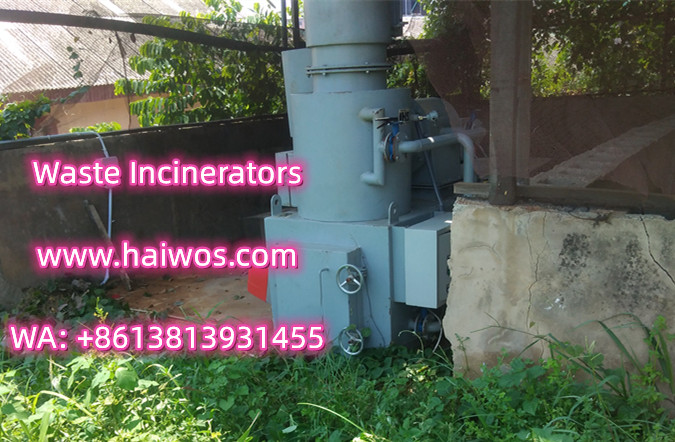South Africa’s incinerator has been the subject of much controversy, with some viewing it as a solution for waste management and others as a threat to the environment. This environmentally friendly waste treatment method has its benefits and drawbacks, and it’s important to consider both when evaluating its impact on the environment.
On one hand, incineration can be an effective way to manage and dispose of waste, particularly for municipalities and industries dealing with large amounts of non-recyclable or hazardous materials. This can help reduce the volume of waste going to landfills, which in turn can reduce pollution and greenhouse gas emissions. Additionally, modern incinerators are equipped with pollution control devices that can greatly reduce emissions of harmful gases and particulate matter, making them less harmful to the environment.
However, incineration is not without its drawbacks. The process itself can release harmful pollutants into the air, such as dioxins and heavy metals, which can contribute to air and water pollution. Furthermore, incinerators require a significant amount of energy to operate, and if that energy comes from fossil fuels, it can further contribute to climate change. Lastly, incineration can also result in the generation of toxic ash that needs to be disposed of properly, which can be a challenge in itself.
In South Africa, the debate over incineration has been ongoing as the country grapples with its waste management issues. The National Waste Management Strategy has set a target of 75% reduction in waste going to landfill by 2022, and incineration has been proposed as one of the solutions to achieve this goal. However, environmental activists and communities near proposed incinerator sites have raised concerns about the potential negative impacts on public health and the environment.
It is clear that incineration is not a silver bullet for waste management, and it should be approached with caution and careful consideration of its environmental impacts. While it can help reduce the volume of waste going to landfills and generate energy in the process, efforts should also be made to reduce waste at the source, increase recycling and composting, and promote sustainable waste management practices.
In conclusion, South Africa’s incinerator is a complex issue with both benefits and drawbacks. While it can be a part of the solution for waste management, it also poses potential threats to the environment. It is essential for policymakers and stakeholders to carefully evaluate the trade-offs and consider the long-term impacts before implementing incineration as a waste management strategy. Only through careful planning and monitoring can incineration be a truly sustainable solution for managing waste in South Africa.



